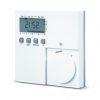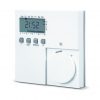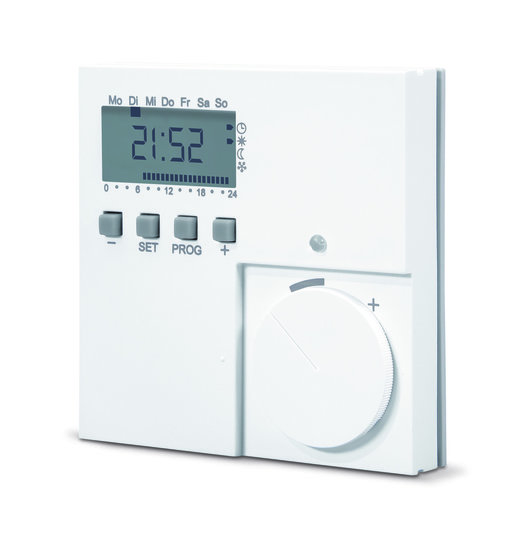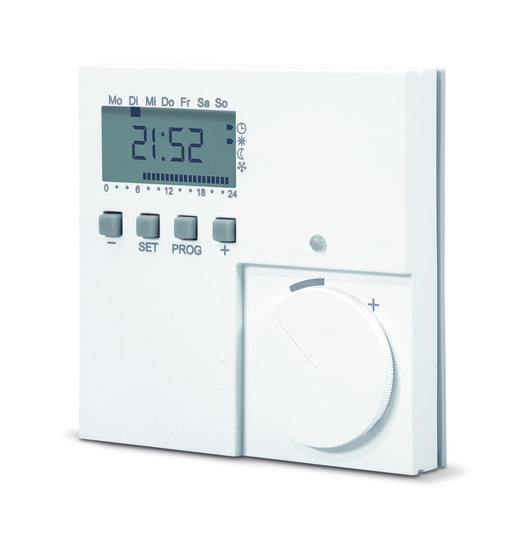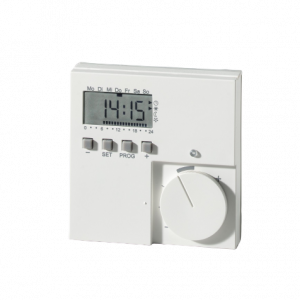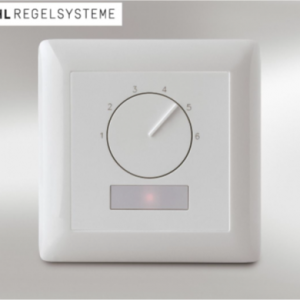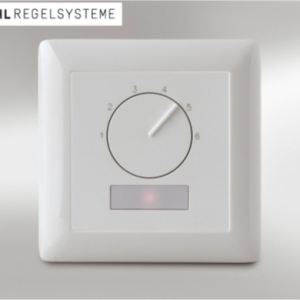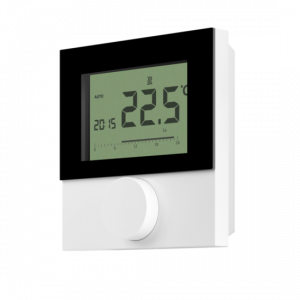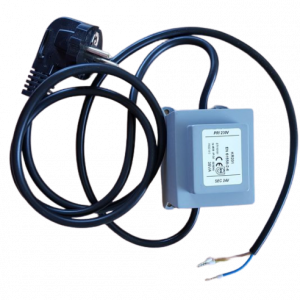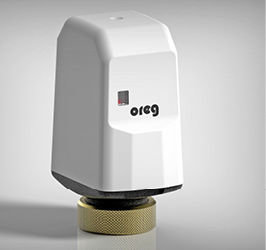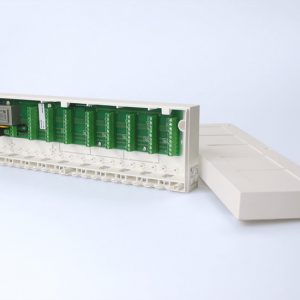Stuhl SF223, clockthermostat with relais 24Vac
€310,08
Description
The clock thermostat has the following functions:
Room temperature regulation by means of an internal temperature sensor.
Room temperature control by means of an external temperature sensor, which measures the floor temperature and considers this as a control purpose.
Room that controls temperature via an internal temperature sensor. The floor temperature is measured via the external temperature sensor and then serves as the maximum temperature monitoring of the floor heating.
A pilot function, as a control unit for other thermostats, which do not have a clock. (eg SF20) time controlled reduced in temperature.
Party button / more overtime timer, for example for 1, .2, .3, .4 hours that delay the temperature decrease
Energy saving button (- button), the temperature is lowered to the next switching time. This button also allows the thermostat to remain in energy saving mode for a longer period of time (simple holiday control).
Two time programs for heating and cooling can be set separately, with 32 individual switching times, which can be spread over the week according to your own needs. A program is entered ex factory, which can be changed by the user according to his own wishes and wishes.
A holiday program that keeps the room constantly at the selected room temperature for a selected period of time.
Automatic summer / winter time, clock changeover.
Automatic recognition of the year that automatically recognizes the days.
The optimization (to switch off), of previous heating-ups, calculations, of previous heating-ups, ensures that the room temperature is reached at the desired time.
Lock the keypad of the chronothermostat.
Power reserve of up to four hours in case of power failure. During this phase, time and the calendar remain intact. The adjusted parameters and programming remain up to 10 years.
LED Display for easy recognition of an energy requirement.
Detection of interruptions and short-circuits at the external sensor.
Additional information
| Merk |
|---|


